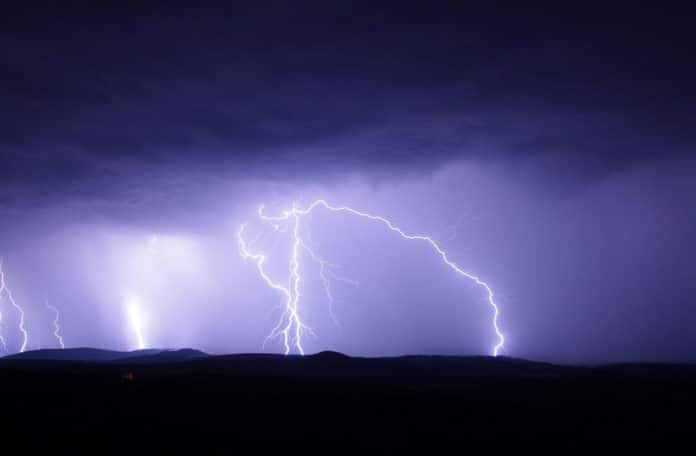Underground fiber-optic cables, like those that connect the world through phone and internet service. Nearly 750,000 miles of cable already connect the continents to support our insatiable demand for communication and entertainment.
While most business decision-makers are aware of the speed benefits of fiber, a new study has added another benefit to the list. The research by the Penn State scientists suggests that fiber optic cables hold the potential to monitor severe weather.
Tieyuan Zhu, assistant professor of geophysics at Penn State and lead author on the study, said, “Severe weather has strong interactions with the ground, but we couldn’t study the coupling between the atmosphere and the solid Earth. With this new technology, we can utilize existing fiber-optics networks to see how thunderstorm energy passed through campus.”
Scientists confirmed the study by turning Park campus into thousands of virtual sensors capable of detecting small seismic events caused by thunder echoing down from the sky during a storm in April.
That was for the first time, scientists have recorded thunder-induced seismic events, or thunderquakes using the kind of fiber-optic network buried under most significant cities in the United States.
David Stensrud, head of the Department of Meteorology and Atmospheric Science at Penn State and co-author on the study said, “The ability to use fiber-optic cables to detect the source of thunder provides yet another way to track thunderstorms and help with public safety and emergency response, especially in urban areas. Every new data source helps to improve our storm-tracking ability.”
Scientists also used a technology called distributed acoustic sensing (DAS) array. The technology-enabled them to track the direction of the storm based on the intensity of the thunder quake events, and that their findings matched up with the location of lightning recorded by the U.S. National Lightning Detection Network.
Scientists noted, “The DAS array sends a laser down one of the hair-thin glass fibers contained inside the cables and can detect small changes caused by pressure as slight as human walking. The array takes measurements every six-and-a-half feet, meaning the several miles of a continuous cable under the University Park campus acts as a network of 2,000 sensors.”
Tieyuan Zhu, assistant professor of geophysics at Penn State and lead author on the study, said, “If there is any change in the external energy on the ground above, even walking steps, you will have a minimal change that’s going to stretch or compress the fiber. The laser is very sensitive and can detect these small changes.”
The study provides detailed information about the Earth’s interior. Because there are so few earthquakes on the East Coast, scientists lack local earthquake data that can help image the Earth’s crust and mantle.
A Penn State Institutes of Environment and Energy seed grant and the Institute of Natural Gas Research supported this research.
The study is published in the Journal of Geophysical Research: Atmospheres.
